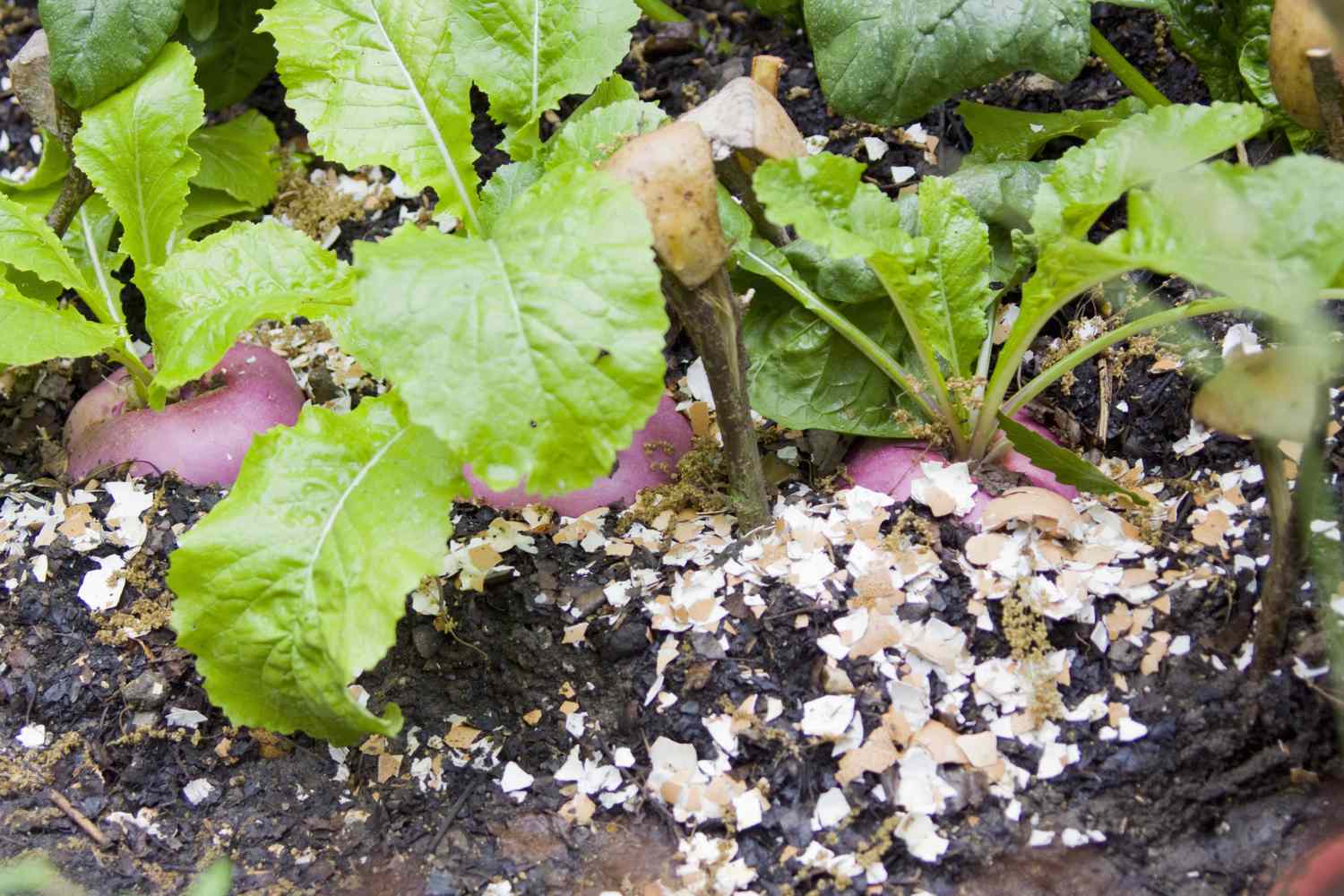

Articles
How To Use Eggshells In Garden
Modified: January 19, 2024
Discover the benefits of using eggshells in gardening. Learn how to incorporate this natural fertilizer into your garden for healthier plants and soil.
(Many of the links in this article redirect to a specific reviewed product. Your purchase of these products through affiliate links helps to generate commission for Storables.com, at no extra cost. Learn more)
Introduction
Gardening is a fulfilling and rewarding activity that allows us to connect with nature and create beautiful outdoor spaces. Whether you have a small balcony garden or a sprawling backyard, finding ways to enhance the health and vitality of your plants is always a top priority. One natural and eco-friendly method that has been gaining popularity among gardeners is the use of eggshells.
Eggshells are not only a common household waste item but also a valuable resource that can provide numerous benefits for your garden. Instead of tossing them into the trash, why not repurpose them and give your plants a natural boost?
In this article, we will explore the various benefits and practical uses of eggshells in gardening. From acting as a natural fertilizer to deterring pests and aiding in seed starting, eggshells offer a range of advantages that can help your garden thrive.
So, let’s dive in and discover how you can harness the power of eggshells to nurture your plants and create a flourishing garden.
Key Takeaways:
- Transform kitchen waste into garden treasure by repurposing eggshells. From natural fertilizer to pest deterrent, eggshells offer a sustainable and eco-friendly way to nurture your plants and create a flourishing garden.
- Harness the power of eggshells to promote plant growth, deter pests, and improve soil quality. From seed starting to composting, eggshells are a versatile and valuable resource for a thriving garden.
Read more: A Guide To Eggshell Paint And When To Use It
Benefits of Using Eggshells in the Garden
Eggshells are packed with nutrients that can benefit your garden in numerous ways. Here are some of the key benefits of using eggshells:
- Rich in Calcium: Eggshells are primarily composed of calcium carbonate, a nutrient that plays a vital role in plant growth. Calcium helps strengthen cell walls, promotes root development, and prevents issues like blossom end rot in tomatoes and peppers.
- Natural Fertilizer: By incorporating crushed eggshells into your garden soil, you can provide a slow-release source of calcium, magnesium, and other trace minerals. These nutrients nourish the plants over time, promoting healthy growth and vibrant blooms.
- Pest Deterrent: The sharp edges of crushed eggshells can act as a deterrent for pests like slugs, snails, and cutworms. When these soft-bodied insects come in contact with the eggshells, they are discouraged from venturing further and causing damage to your plants.
- Aids in Seed Starting: Eggshells can be used as biodegradable containers for starting seeds. The shells provide a protective environment for seedlings, and when ready to transplant, you can directly plant the seedling, shell included, into the soil. The shell will break down over time, reducing transplant shock and adding nutrients to the soil.
- Improves Soil Drainage: Adding crushed eggshells to heavy clay soils can help improve drainage and prevent waterlogging. The rough texture of the shells creates small air pockets, allowing excess water to drain away and preventing root rot.
- Composting Enhancer: Eggshells are an excellent addition to compost piles. They enhance the nutrient content of the compost while also helping to balance the pH levels. Additionally, eggshells can help deter pests in the compost, such as fruit flies.
These are just a few of the many benefits that eggshells can bring to your garden. By utilizing this natural resource, you not only reduce waste but also provide essential nutrients and create a healthy environment for your plants to thrive.
Preparing Eggshells for Garden Use
Before you can use eggshells in your garden, it’s important to properly prepare them to ensure optimal effectiveness. Here are the steps to prepare eggshells for garden use:
- Collect and Rinse: Start by collecting eggshells from your kitchen. Rinse them gently under running water to remove any traces of egg white or yolk. It’s important to clean the eggshells thoroughly to prevent any unwanted odors or pests.
- Allow to Dry: Once cleaned, place the eggshells on a clean surface or baking sheet. Leave them to air dry completely. You can also speed up the drying process by placing them in an oven set to a low temperature (around 200°F or 93°C) for about 10-15 minutes.
- Crush the Shells: Once the eggshells are dry and brittle, it’s time to crush them into smaller pieces. You can use a mortar and pestle, a blender, or simply crush them by hand. Aim for small, uniform pieces to ensure easier incorporation into the soil.
- Optional Grinding: For a finer texture, you can grind the crushed eggshells in a coffee grinder or food processor. This step is particularly helpful if you plan to use the eggshells as a pest deterrent or in seed starting.
- Storage: Once crushed and ground, store the eggshells in airtight containers, such as jars or ziplock bags. Keep them in a cool, dry place until you are ready to use them in your garden.
By following these preparation steps, you ensure that the eggshells are clean, dry, and in a suitable form for garden use. Now, let’s explore the different ways you can utilize eggshells in your garden for maximum benefit.
Using Eggshells as Natural Fertilizer
Eggshells are a fantastic source of calcium and other essential minerals, making them an excellent natural fertilizer for your plants. Here’s how you can use eggshells to nourish your garden:
- Ground Eggshells: Crushed or ground eggshells can be sprinkled directly onto the soil around your plants. They will slowly release calcium and other minerals as they break down, enriching the soil and providing nutrients to the roots.
- Compost Addition: Another way to utilize eggshells as fertilizer is by adding them to your compost pile. As the eggshells decompose, they contribute calcium and other minerals to the compost, resulting in nutrient-rich humus that can be applied to plants as a natural fertilizer.
- Blend with Water: You can create an eggshell fertilizer tea by blending crushed eggshells with water. Allow the mixture to sit for a few days, stirring occasionally. Then, strain the liquid and use it to water your plants. This homemade liquid fertilizer provides a direct boost of calcium and other minerals.
- Mulch Incorporation: If you prefer using organic mulch in your garden, you can mix crushed eggshells with mulch materials like leaves or straw. As the mulch breaks down, it will release the nutrients from the eggshells into the soil, benefiting your plants.
When using eggshells as a natural fertilizer, keep in mind that they provide slow-release nutrients. This means that the benefits will be gradually available to your plants over time, rather than an immediate surge of nutrients. Therefore, it’s important to incorporate eggshells into your gardening routine consistently to ensure long-term plant health.
Furthermore, it’s worth noting that while eggshells are a great source of calcium and other minerals, they are not a complete fertilizer. It’s still important to provide your plants with a balanced diet of nutrients by using other organic fertilizers or compost.
Now that you know how to utilize eggshells as a natural fertilizer, let’s explore how they can act as a pest deterrent in your garden.
Crush eggshells and sprinkle them around the base of plants to deter slugs and snails. The sharp edges will help keep these pests away from your garden.
Crushed Eggshells as Pest Deterrents
One of the remarkable benefits of using crushed eggshells in your garden is their ability to serve as a natural pest deterrent. The sharp edges of the eggshells act as a barrier that many common garden pests find challenging to cross. Here’s how you can use crushed eggshells to keep pests at bay:
- Slug and Snail Control: Slugs and snails are notorious garden pests that can quickly devour tender seedlings and foliage. To deter them, create a protective barrier by sprinkling crushed eggshells around your plants. The rough texture of the shells will irritate the slugs and snails, preventing them from reaching your precious plants.
- Cutworm Defense: Cutworms are another common pest that can cause significant damage to young seedlings. By placing crushed eggshells around the bases of your plants, you create a physical barrier that prevents cutworms from wrapping around the stems and feeding on the plants.
- Plant Protection: Some pests, like aphids and cabbage worms, can be deterred by sprinkling crushed eggshells directly on the leaves and stems of susceptible plants. The abrasive texture of the shells acts as an irritant and discourages these pests from establishing colonies or feeding on the plants.
- Deer and Rodent Repellent: If you have issues with deer or rodents snacking on your plants, crushed eggshells can help. Sprinkle a layer of crushed eggshells around the perimeter of your garden or individual plants to create a deterrent scent that will discourage these animals from venturing into your garden.
A key advantage of using crushed eggshells as pest deterrents is that they are safe and environmentally-friendly alternatives to chemical pesticides. You can protect your plants from pests while minimizing the impact on beneficial insects and the overall ecosystem.
Remember, it’s important to reapply the crushed eggshells after rainfall or watering, as they can become less effective when they get wet or break down over time.
Now that you know how to use crushed eggshells to deter pests, let’s explore their role in seed starting.
Eggshells for Seed Starting
Eggshells can be a wonderful tool for starting seeds indoors. They provide a biodegradable and nutrient-rich environment for young seedlings to thrive. Here’s how you can use eggshells for seed starting:
- Prepare the Eggshells: Start by saving a few eggshells after cooking or baking. Rinse them thoroughly to remove any traces of egg. Then, carefully tap the top end of the egg and remove a small portion to create a hole. Rinse the inside of the shell once more and allow it to dry.
- Add a Drainage Hole: Using a nail or a small drill bit, create drainage holes in the bottom of the eggshells. This will prevent excess water from accumulating and ensure the seedlings do not become waterlogged.
- Fill with Seed Starting Mix: Place the prepared eggshells in an egg carton or a seed tray. Fill each shell with a seed starting mix, leaving enough space for the seed to germinate and grow. Moisten the soil gently, ensuring it is evenly moist but not waterlogged.
- Plant the Seeds: Follow the seed packet instructions for planting depth and spacing. Carefully place the seeds in the soil of each eggshell, covering the seeds lightly with soil. Press the soil gently to ensure good seed-to-soil contact.
- Provide Ideal Growing Conditions: Place the eggshell seed starters in a warm and bright location, such as a sunny windowsill or under grow lights. Keep the soil consistently moist but not soggy, watering from the bottom to prevent disturbing the seeds.
- Transplant the Seedlings: Once the seedlings have grown their first set of true leaves, they are ready to be transplanted into larger containers or directly into the garden. The beauty of using eggshells is that you can plant the seedling, shell and all, as the shell will naturally break down in the soil.
Using eggshells for seed starting provides several benefits. The shells act as natural containers, providing protection and a stable environment for the seedlings to grow. As the seedling develops, the eggshell will slowly break down, providing additional calcium and minerals to the growing plant.
Remember to gradually introduce the seedlings to outdoor conditions, also known as hardening off, before transplanting into the garden. This will help them acclimate to the outdoor environment and prevent transplant shock.
Now that you have learned how to use eggshells for seed starting, let’s explore another way to incorporate them into your gardening practices – composting.
Composting with Eggshells
Eggshells are a valuable addition to your compost pile, providing essential nutrients and helping to balance the pH levels of the compost. Here’s how you can incorporate eggshells into your composting process:
- Crush the Eggshells: Before adding the eggshells to your compost, crush them into small pieces. This will help speed up the decomposition process and ensure they mix well with the other compost materials.
- Mix with Brown and Green Materials: In your compost pile or bin, alternate layers of brown and green materials. Brown materials include dry leaves, straw, and twigs, while green materials consist of fresh kitchen scraps, grass clippings, and plant trimmings. Add the crushed eggshells to the mix, making sure to distribute them evenly throughout the pile.
- Aerate and Moisturize: To promote compost breakdown, regularly turn or aerate your compost pile. This allows oxygen to circulate, aiding in the decomposition process. If your compost pile is too dry, add water to maintain a moist but not waterlogged environment.
- Balance the Carbon-to-Nitrogen Ratio: Composting is most effective when you achieve a balanced carbon-to-nitrogen ratio. Eggshells are considered a carbon-rich material, so it’s important to balance them with nitrogen-rich materials, such as kitchen scraps or grass clippings. Aim for a ratio of approximately 25-30 parts carbon to 1 part nitrogen.
- Allow for Decomposition: Eggshells will take some time to decompose fully in the compost pile, typically several months to a year. The decomposition process can be expedited by ensuring proper aeration, moisture, and the presence of other organic materials in the compost pile.
- Harvest and Use Compost: Once your compost has broken down into dark, crumbly soil-like material, it is ready to use in your garden. Spread the compost around your plants as a natural fertilizer, incorporating the nutrients from the decomposed eggshells into the soil.
By adding eggshells to your compost, you enrich the nutrient content of the final product, promoting healthy plant growth and improving the overall soil quality. The calcium and other minerals present in the eggshells become readily available to your plants, contributing to their vitality.
In addition to their nutritional value, eggshells in the compost can also help deter pests such as fruit flies. The abrasive texture of the crushed shells creates an unfavorable environment for these insects, reducing the risk of infestations in your compost pile.
Remember to crush and add the eggshells gradually to your compost pile to ensure they integrate well with the other materials. Enjoy the satisfaction of transforming kitchen waste into nutrient-rich compost, all thanks to the inclusion of eggshells.
Now that we have explored the various uses of eggshells in gardening, let’s conclude our discussion.
Conclusion
Eggshells are a versatile and valuable resource that can greatly benefit your garden. By repurposing eggshells and incorporating them into your gardening practices, you can promote plant growth, deter pests, and improve soil quality. Here’s a recap of the key points we’ve covered:
First, we discussed the benefits of using eggshells in the garden. They are rich in calcium and other essential minerals, making them a natural fertilizer that nourishes plants and strengthens their growth. Additionally, eggshells act as a pest deterrent, creating a barrier against slugs, snails, cutworms, and various insects that can harm your plants.
We then explored how to prepare eggshells for garden use. Proper cleaning, drying, and crushing ensure that the eggshells are ready to be incorporated into the soil or added to compost piles.
Next, we delved into the various ways to use eggshells in gardening. They can be used as a natural fertilizer by sprinkling them around plants, added to compost to enhance nutrient content, blended with water for a homemade fertilizer tea, or mixed with organic mulch for improved soil health. Furthermore, eggshells can be utilized as biodegradable containers for seed starting, providing a nutrient-rich environment for young seedlings.
We also explored how crushed eggshells can act as a deterrent for pests. By creating a protective barrier or directly applying them to plant surfaces, eggshells discourage pests like slugs, snails, cutworms, and aphids from causing damage.
Lastly, we discussed the benefits of composting with eggshells. They contribute valuable nutrients to the compost pile and help balance pH levels. Incorporating crushed eggshells into your compost enriches the final product and provides a natural source of calcium for your plants.
Incorporating eggshells into your gardening routine not only reduces waste but also supports a sustainable and eco-friendly approach to nurturing your plants. So, the next time you enjoy an omelette or bake a cake, remember to save those eggshells and put them to good use in your garden.
By harnessing the power of eggshells, you can transform your garden into a thriving oasis of beauty and vitality. Happy gardening!
Frequently Asked Questions about How To Use Eggshells In Garden
Was this page helpful?
At Storables.com, we guarantee accurate and reliable information. Our content, validated by Expert Board Contributors, is crafted following stringent Editorial Policies. We're committed to providing you with well-researched, expert-backed insights for all your informational needs.
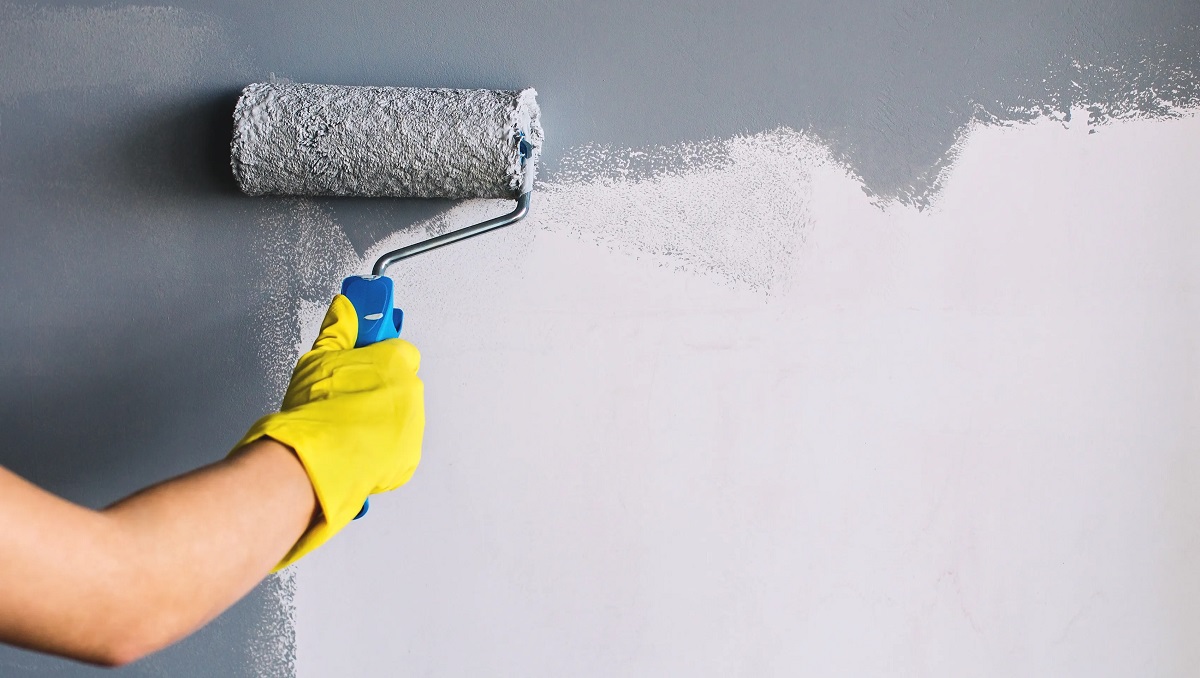
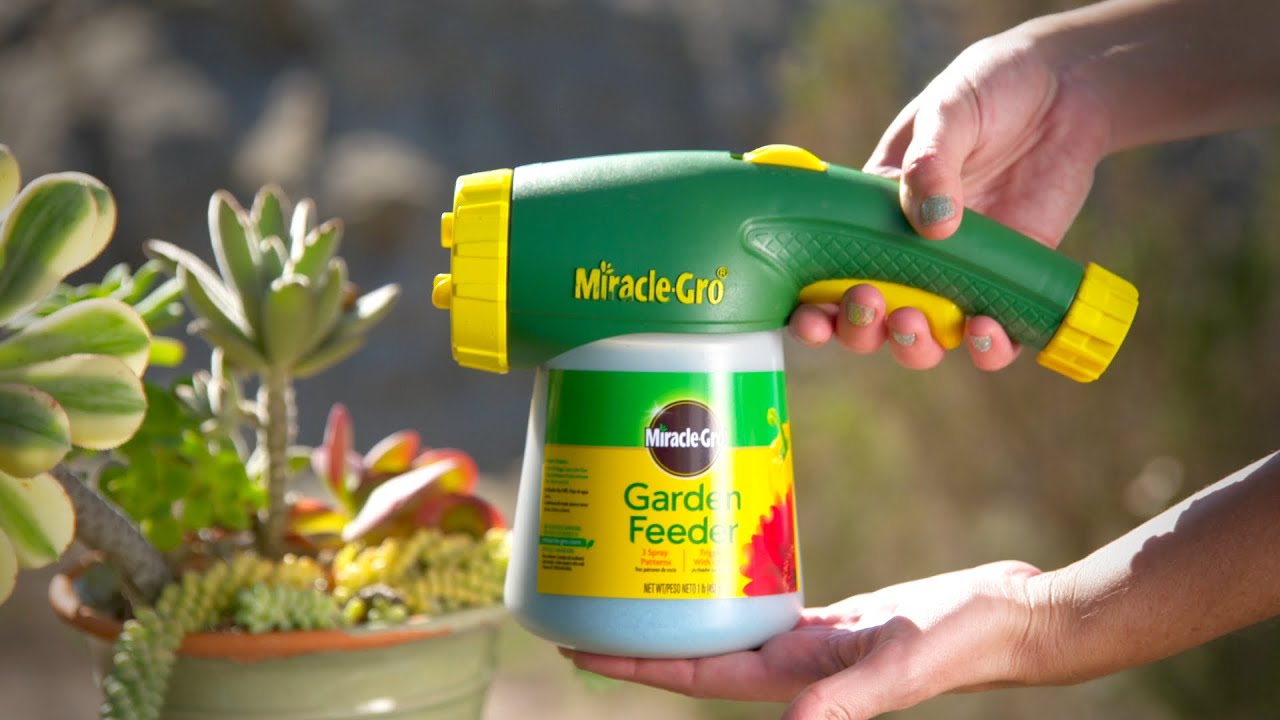
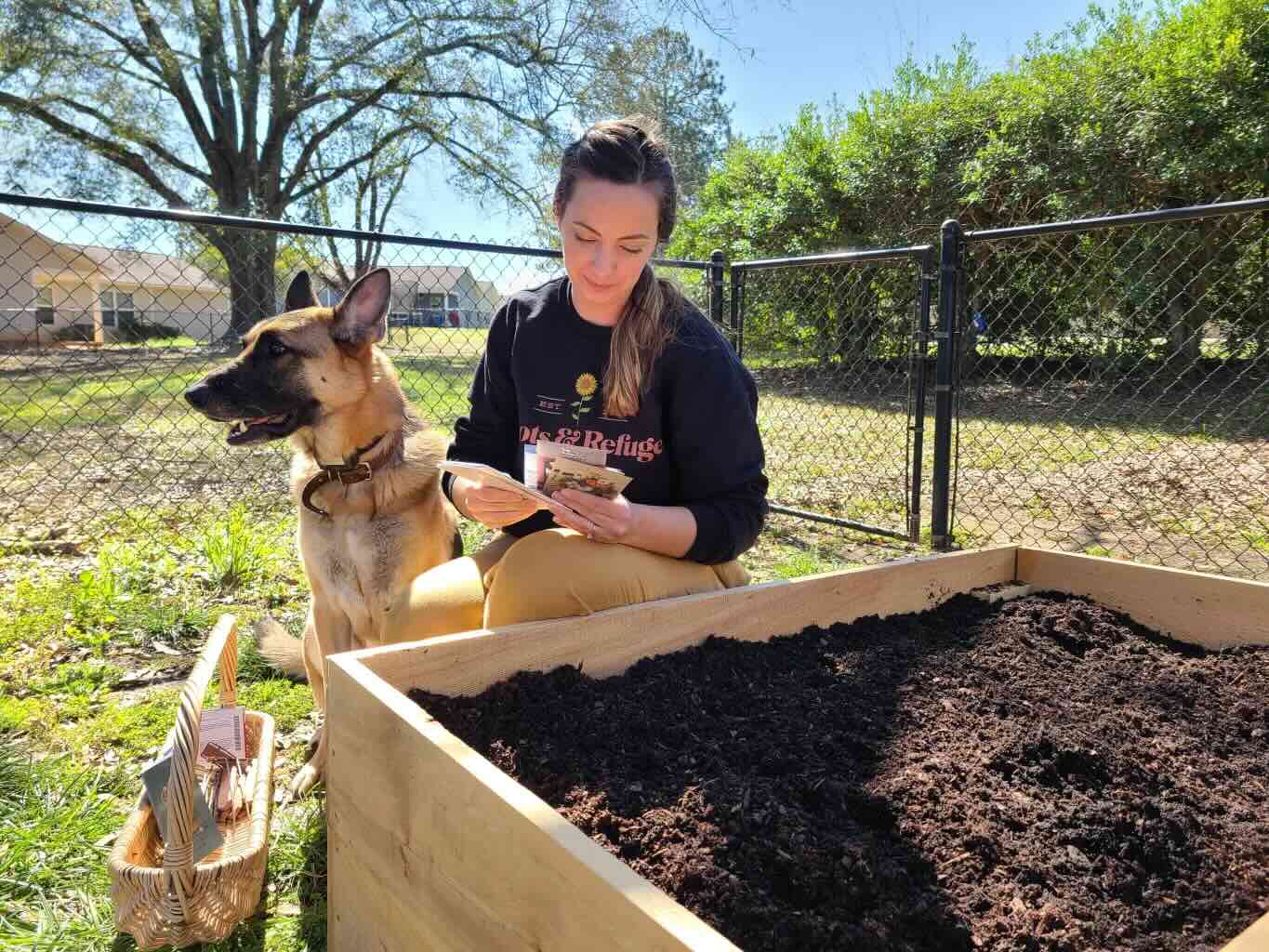
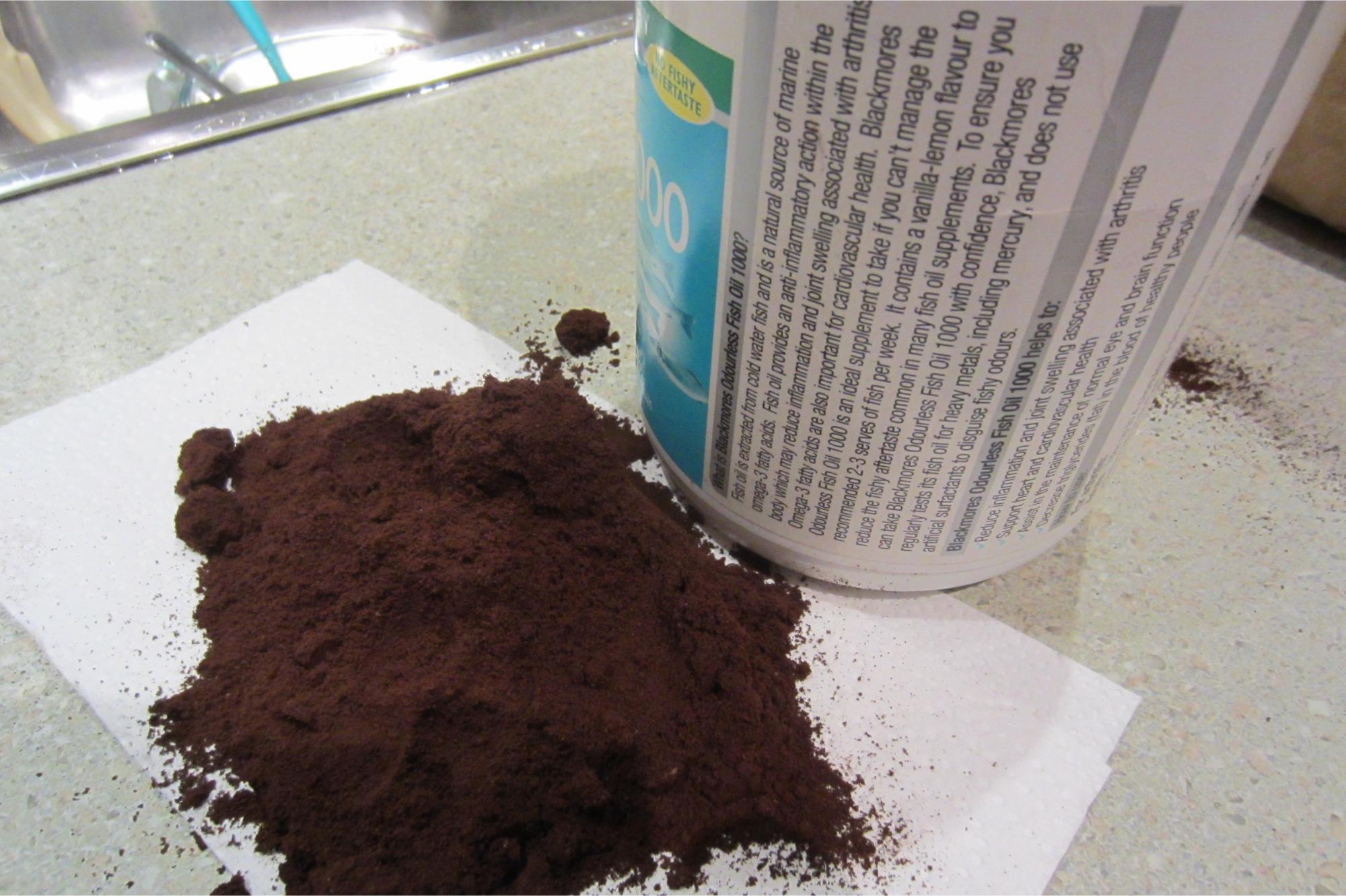
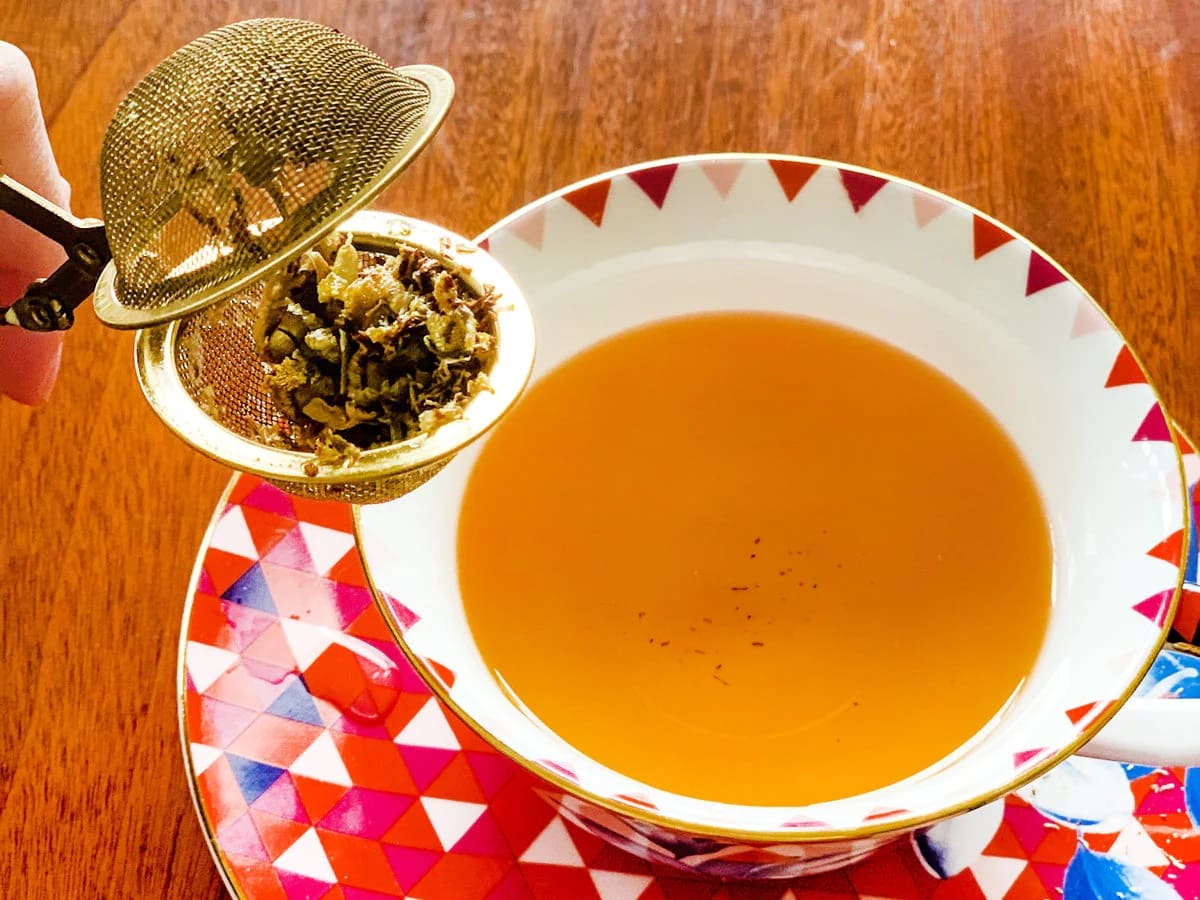
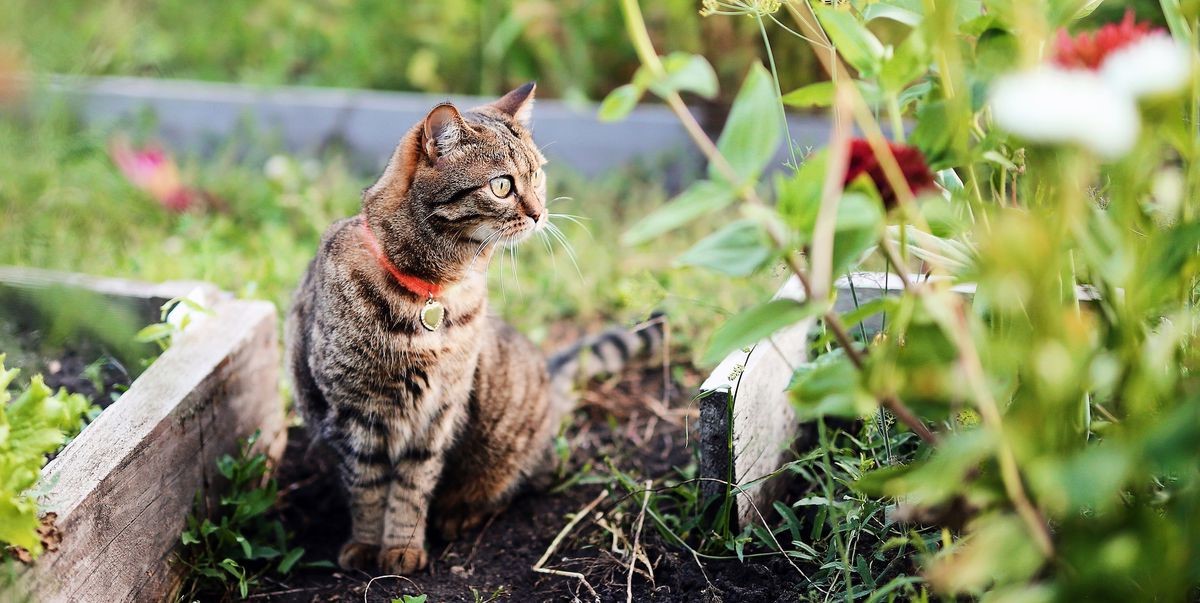
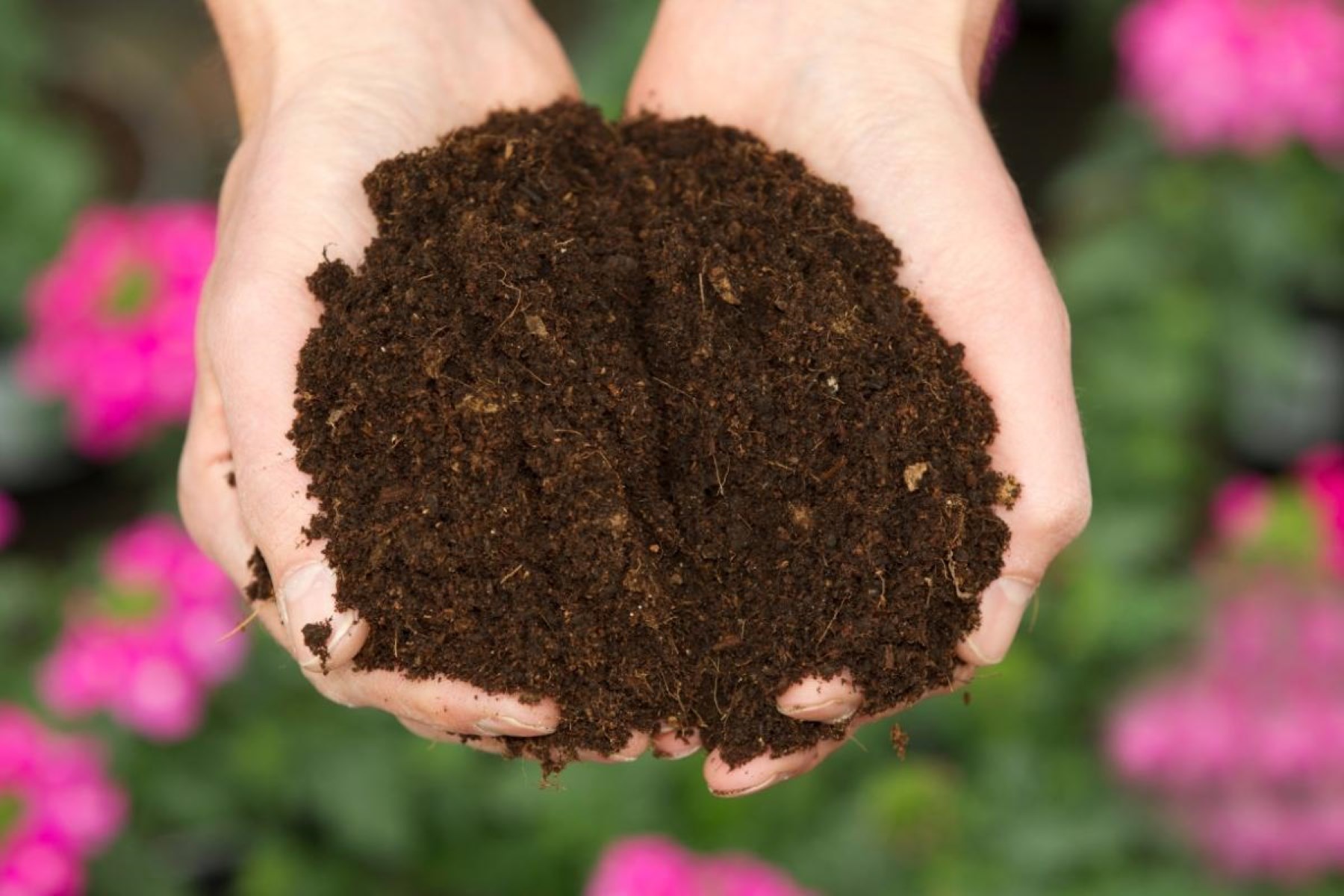
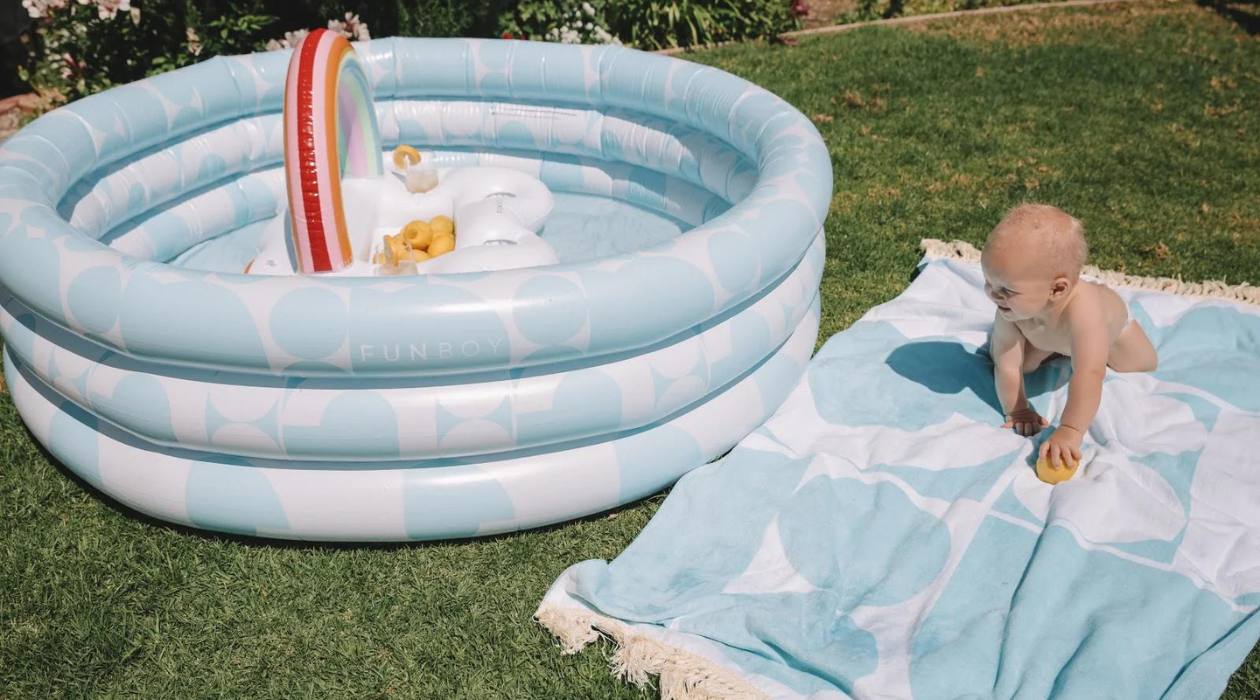

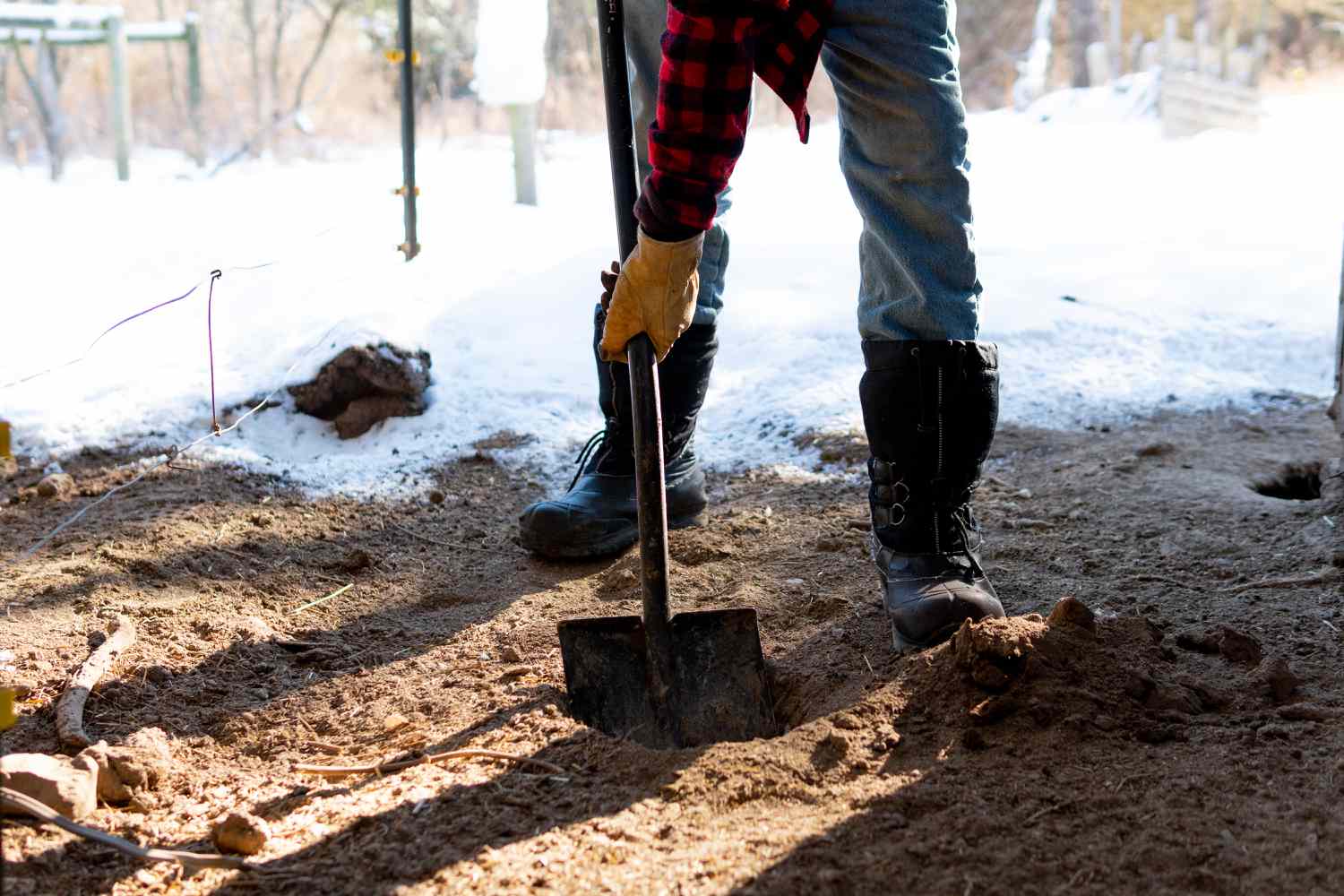
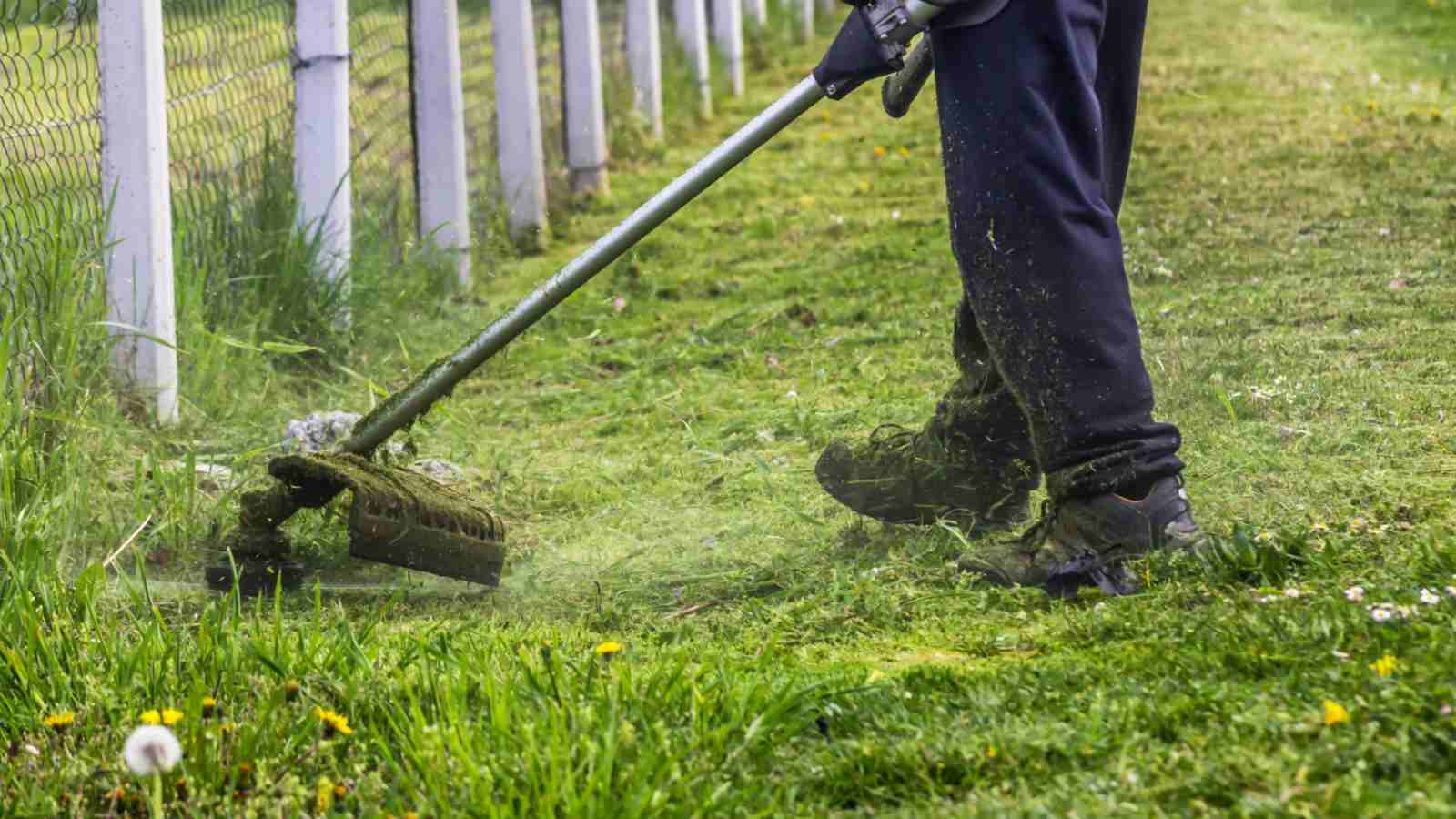
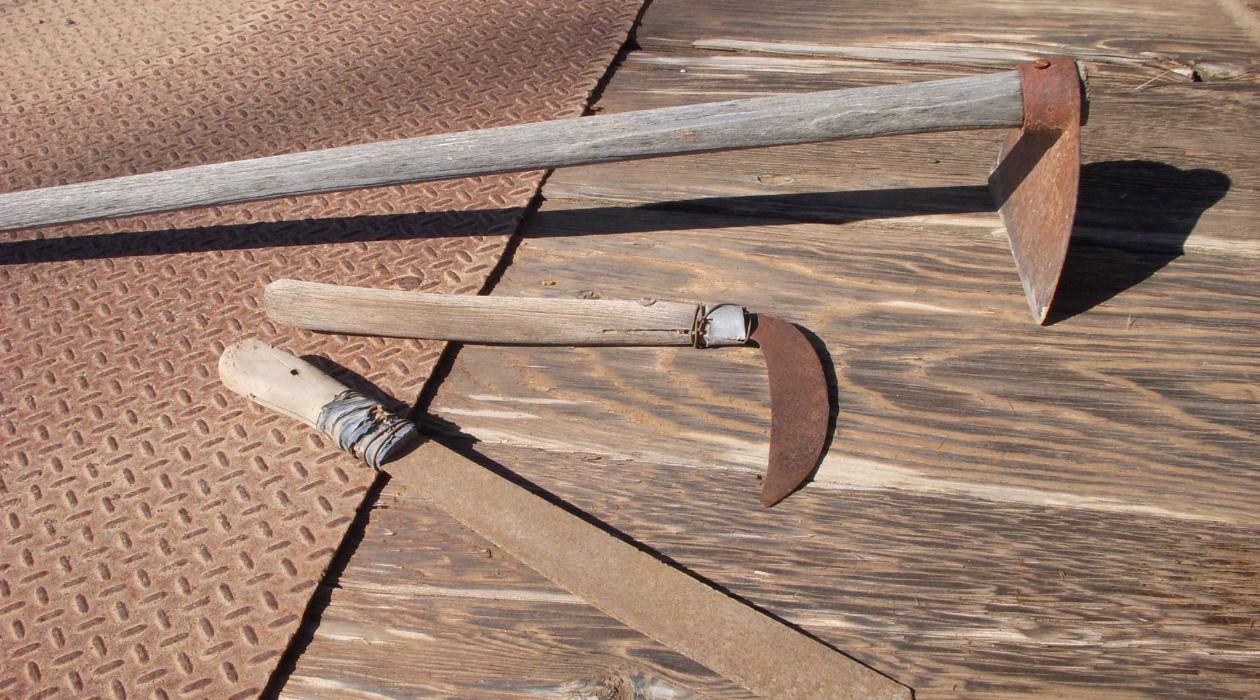
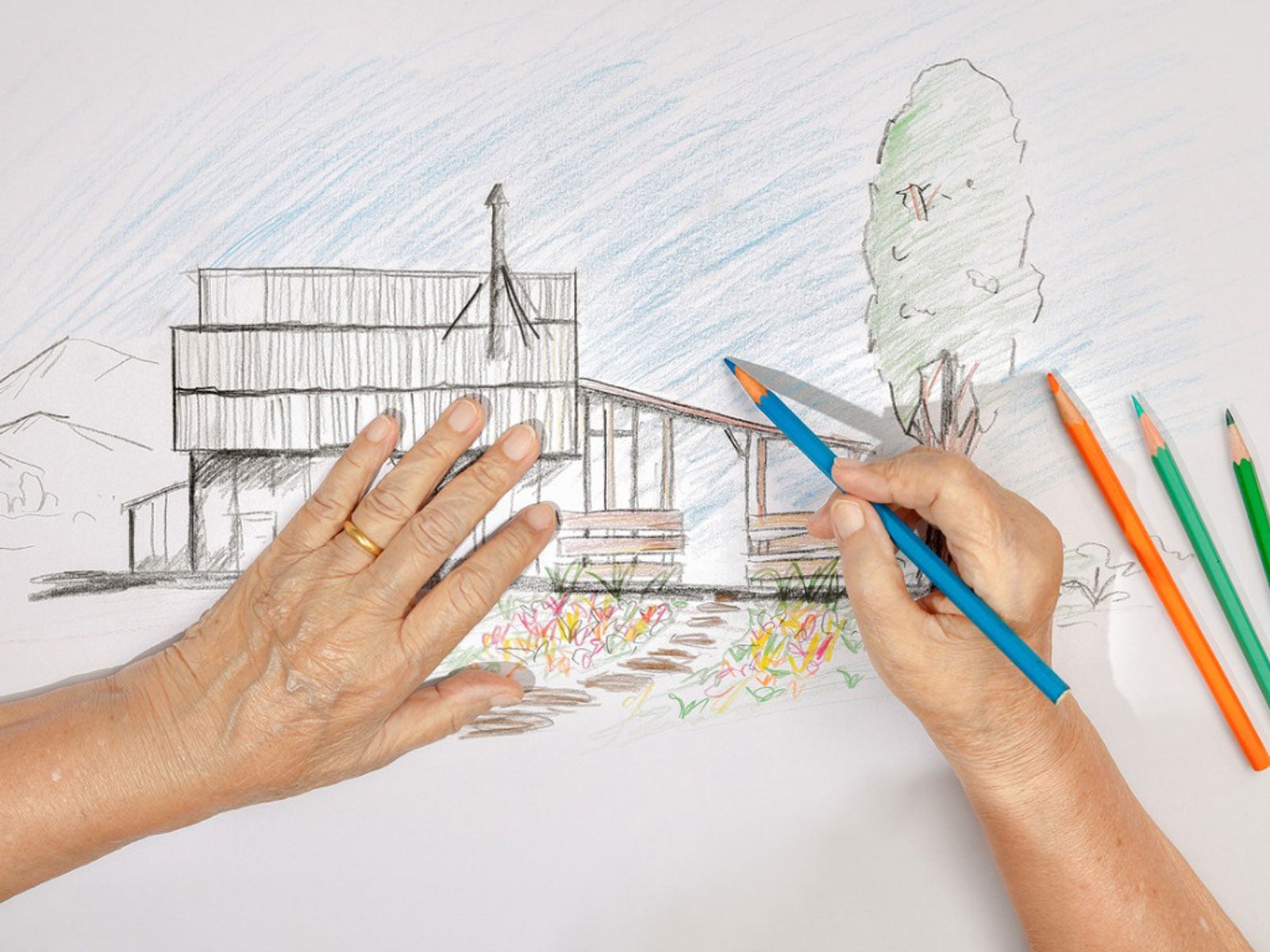
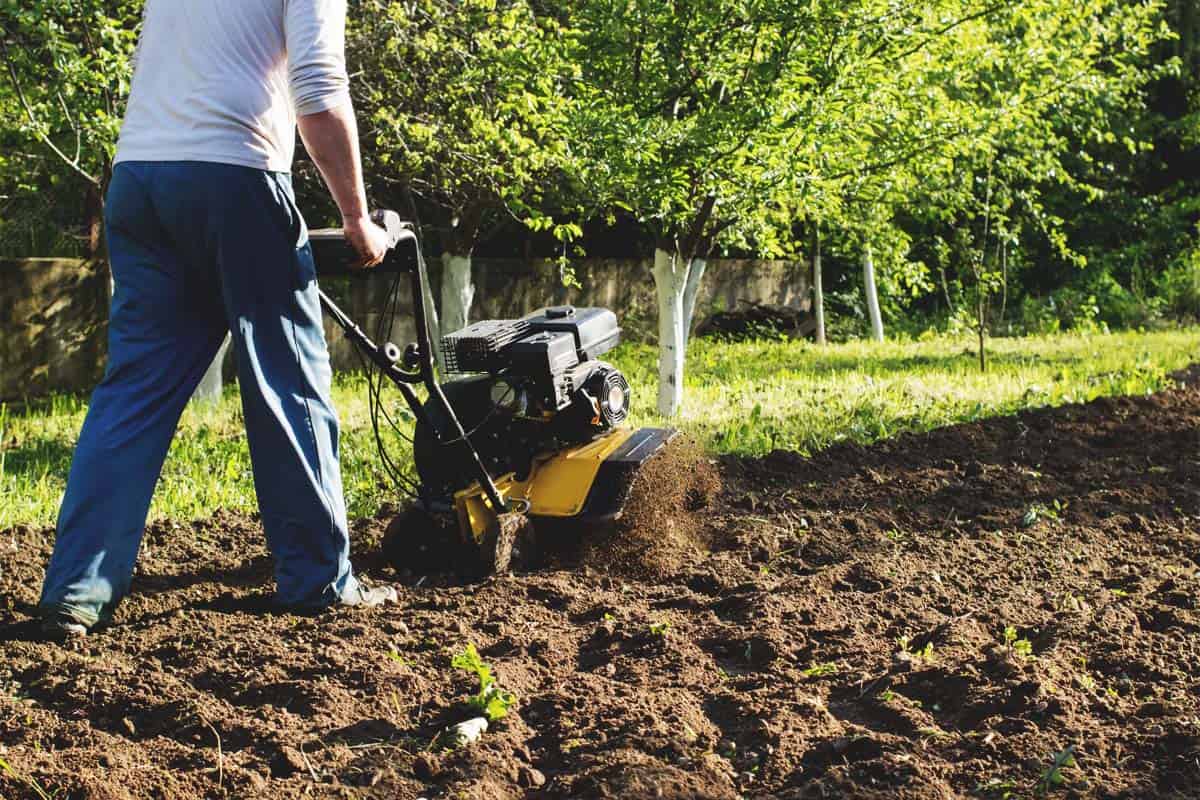

0 thoughts on “How To Use Eggshells In Garden”